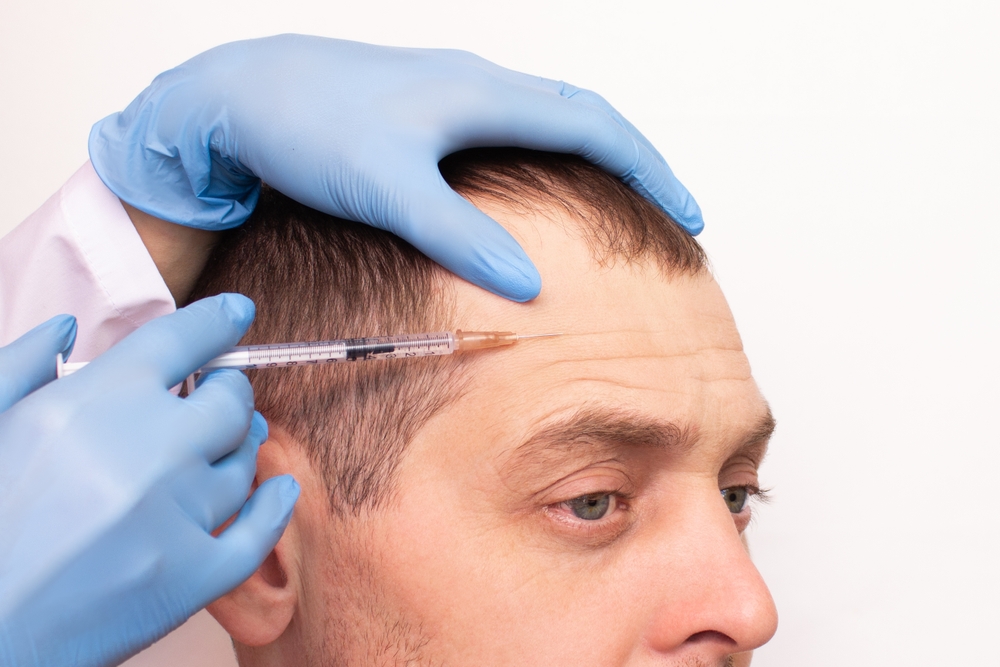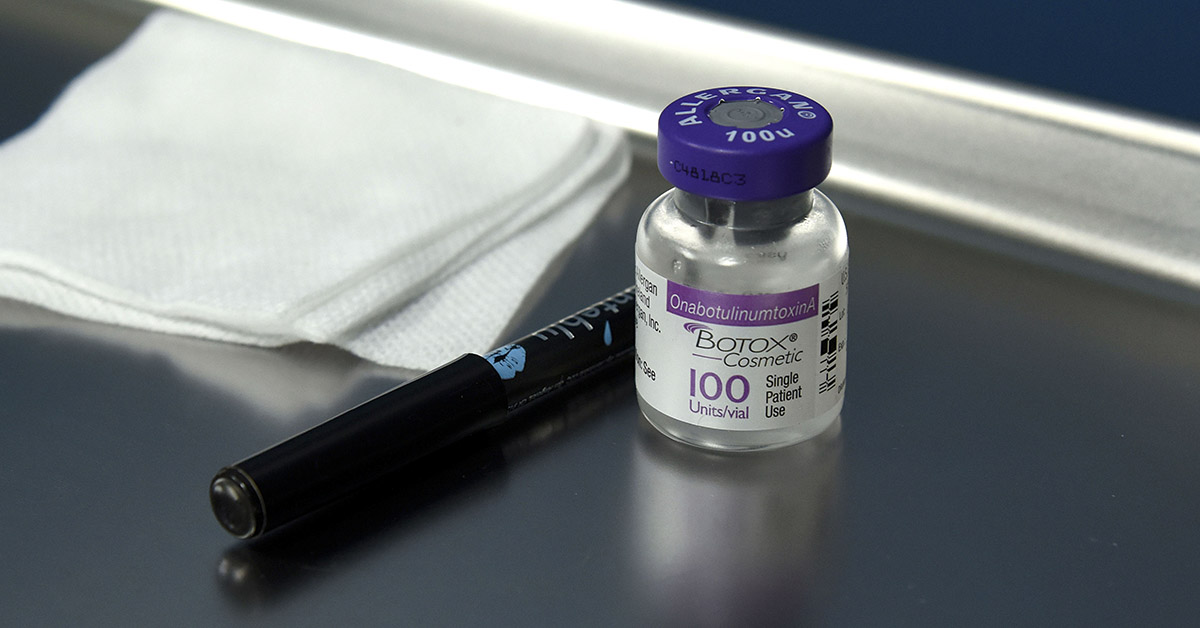Scientists at the University of Queensland have made a significant breakthrough in their understanding of how Botox penetrates brain cells. Botox, a drug most well-known as a cosmetic treatment, has been used for decades to treat a variety of medical conditions, including migraines and muscle spasms. However, until now, the precise molecular pathway through which Botox gets into neurons has remained a mystery.
How Botox Penetrates Brain Cells

The study, published in The EMBO Journal, identified the specific molecular pathway that Botox uses to penetrate neurons. The team discovered that Botox binds to a receptor called SV2, which is found on the surface of neurons. Once bound, Botox is then transported into the neuron through a process called endocytosis. This process involves the formation of a vesicle, which surrounds the Botox and transports it into the neuron. (1)
“The toxin hijacks this complex and enters the synaptic vesicles which store neurotransmitters critical to communication between neurons,” said study co-lead Professor Frederic Meunier. “Botox then interrupts the communication between nerves and muscle cells, causing paralysis,” (2)
The team also identified two other receptors, called gangliosides and synaptotagmin, that are involved in the internalization of Botox. By understanding the molecular pathway through which Botox gets into neurons, the team has opened up new possibilities for developing treatments for various medical conditions.
Read More: 15 Science-Backed Remedies to Minimize Wrinkles and Look Younger
The Potential Applications of This Discovery

This discovery of how Botox truly works is an exciting one. It could have far-reaching applications in the medical field. Professor Meunier said:
“Now we know how this complex allows the toxin internalization, we can block interactions between any two of the three receptors to stop the deadly toxins from getting into neurons.”
This breakthrough could have significant implications for treating medical conditions involving the overactivity of neurons, such as epilepsy and chronic pain. It could also potentially be used to identify new treatments for the deadly infection botulism.
The study also has implications for the use of Botox as a cosmetic treatment. While Botox is generally considered safe, there have been reports of adverse effects, such as muscle weakness and difficulty swallowing. By understanding the molecular pathway through which Botox gets into neurons, researchers may be able to develop safer and more effective treatments.
More On Botox

Botox, though most commonly known today as a cosmetic treatment for wrinkles, actually got its start in the medical field. It was originally developed to alleviate the symptoms of the eye condition strabismus. Strabismus is a condition that causes the eyes to be misaligned. The patient’s vision can be affected as well, which can make it difficult or impossible for them to drive a car or read. Botox has also been used to treat hyperhidrosis (excessive sweating) and migraine headaches. It’s important to note that while many people use generic versions of Botox, they are not always effective.
Vancouver ophthalmologist Jean Carruthers and her husband, Alastair Carruthers, a dermatologist, are the pioneers of Botox for cosmetic purposes. Jean was treating a patient for eye spasms when she noticed that it seemed to relax forehead wrinkles. That was in 1989. When she and her husband realized the cosmetic potential of the drug, they began collecting patients. It was not easy at first, however. People were skeptical because they thought it was a dangerous toxin. As they showed, however, that it is safe and very effective, people began to buy in. Today, it is one of the most popular cosmetic procedures in the world. (3)
“Botulinum toxin is a peptide, a fragment of a protein. Everyone’s body copes with literally pounds of protein every day, not just what we eat but replacing the body cells. So the tiny amount we inject—typically one-, two- or three-billionths of a gram—is irrelevant. Don’t you think in 25 years we would have found out if it was bad stuff?” Alastair said of its safety.
The Bottom Line

Regardless of your opinion of Botox as a cosmetic procedure, the drug has various medical implications that can change how we treat certain conditions. The study by scientists at the University of Queensland represents a significant breakthrough in our understanding of how Botox penetrates brain cells. The identification of the precise molecular pathway through which Botox gets into neurons has the potential to lead to new treatments for a range of medical conditions and could improve the safety and efficacy of Botox as a cosmetic treatment.
Read More: 8 Signs to Look Out For in Hand Pain and Problems
Sources
- “Presynaptic targeting of botulinum neurotoxin type A requires a tripartite PSG-Syt1-SV2 plasma membrane nanocluster for synaptic vesicle entry.” Embo Press. Merja Joensuu, et al. May 25, 2023.
- “Breakthrough Reveals How Botox Infiltrates Brain Cells.” Technology Networks.
Ruairi J Mackenzie. may 26, 2023. - “What you need to know about Botox from the Vancouver couple who pioneered it.” Macleans. Anne Kingston. June 3, 2014

